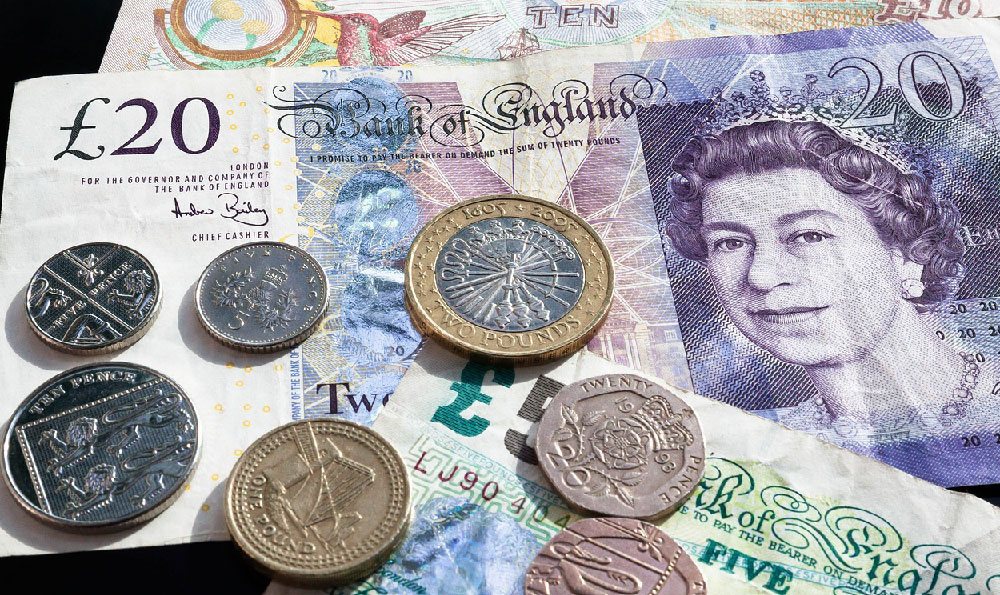Money flowers, crafted by meticulously folding and arranging banknotes into floral shapes, have emerged as a popular gifting trend. They are often presented as a creative alternative to traditional bouquets or cash gifts, especially for birthdays, graduations, and weddings. However, the practice raises a critical question: are money flowers a charming and thoughtful DIY craft, or a wasteful and potentially even irresponsible use of currency? The answer, as with most things in finance, lies in a nuanced understanding of the pros, cons, and underlying motivations.
The appeal of money flowers is undeniable. They offer a visually stunning and personalized way to present a monetary gift. The craftsmanship involved demonstrates effort and care, transforming simple banknotes into an aesthetically pleasing arrangement. In a society saturated with generic gifts, money flowers stand out, conveying a sense of thoughtfulness that a plain envelope of cash might lack. For the gift-giver, creating money flowers can be a fun and engaging DIY project, allowing them to express their creativity and personalize their present. The recipient also benefits from receiving a gift that is both beautiful and practical, as the money can ultimately be spent or saved. Moreover, in cultures where gifting cash is customary, money flowers can elevate the gesture, making it feel more special and less impersonal.
However, the creation of money flowers is not without its drawbacks. The most immediate concern is the potential for damage to the currency itself. While folding money is generally accepted, excessive manipulation, tearing, or using adhesives directly on the banknotes can render them unfit for circulation. This can be particularly problematic in regions where access to banking services or currency exchange is limited. The act of defacing currency, even aesthetically, can be viewed as disrespectful by some, as banknotes represent a nation's economic stability and cultural identity. Furthermore, the time and effort required to create money flowers can be considerable, especially for intricate designs. This investment of time might be better spent earning additional income or pursuing other productive activities.

Beyond the practical concerns, there are deeper financial implications to consider. The money used to create the flowers is essentially taken out of circulation, albeit temporarily. While the amount involved in a single bouquet might be insignificant, the cumulative effect of this trend could potentially impact the money supply, although this is highly unlikely to be a significant macroeconomic concern. More importantly, the decision to create money flowers reflects a certain mindset towards money. Is it being viewed as a tool for saving, investing, and achieving financial goals, or simply as a decorative object? While there's nothing inherently wrong with enjoying the visual appeal of money, it's crucial to maintain a healthy perspective and prioritize financial responsibility.
The perceived value of money flowers is subjective and varies significantly depending on individual circumstances and cultural norms. For someone who appreciates handcrafted gifts and values the gesture behind the creation, money flowers might be considered a thoughtful and meaningful present. However, for someone who prioritizes financial efficiency and views money primarily as a means of acquiring goods and services, the same money might be better spent on a more practical or investment-oriented gift. The potential for the recipient to feel pressured to preserve the money flowers, rather than using the money for its intended purpose, should also be considered.
Ultimately, the decision of whether to create or gift money flowers is a personal one. There is no right or wrong answer, as long as the decision is made consciously and with careful consideration of the potential benefits and drawbacks. To minimize the risks associated with damaging currency, it is advisable to use newer, crisp banknotes and avoid using permanent adhesives. Opting for simpler designs that require minimal folding can also reduce the likelihood of damaging the bills. Moreover, it is essential to be mindful of the cultural context and the recipient's preferences when considering money flowers as a gift.
Instead of viewing money flowers as a purely frivolous expense, consider them as a potential opportunity to teach financial literacy. When creating the flowers, discuss the value of money and the importance of saving and investing with the recipient. Frame the gift as a starting point for their financial journey, encouraging them to use the money wisely and make informed financial decisions. This can transform a seemingly superficial gift into a valuable lesson about financial responsibility.
In conclusion, money flowers are neither inherently foolish nor inherently wasteful. They represent a unique blend of artistry and practicality, with the potential to be both a thoughtful gift and a teaching moment. The key lies in approaching the practice with mindfulness, respecting the value of money, and considering the recipient's preferences and cultural context. By carefully weighing the pros and cons, and by prioritizing financial responsibility, individuals can make informed decisions about whether money flowers are a suitable way to express their affection and generosity. If crafted with care and gifted with intention, money flowers can be a creative and memorable way to celebrate life's special moments. If, however, they are created without regard for the value of money or the potential for damaging currency, they can indeed be a foolish waste.












